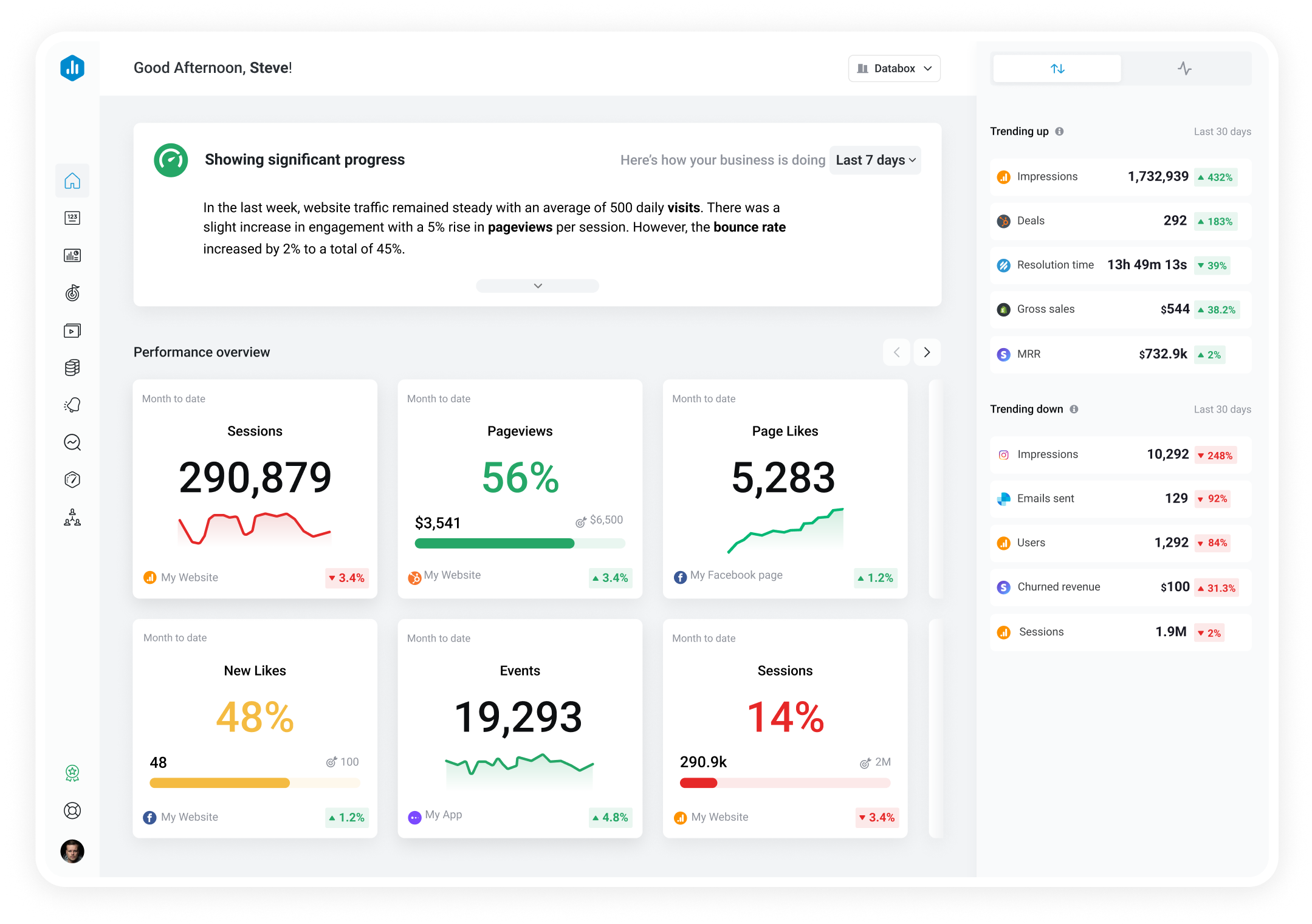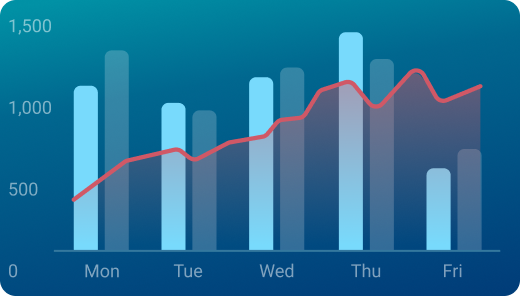Track all of your key business metrics from one screen
GET STARTED
 HubSpot Marketing
New Leads by Direct Traffic Source
HubSpot Marketing
New Leads by Direct Traffic Source The New Leads by Direct Traffic Source metric measures the number of new leads that come directly to your website, without being referred by any Other Campaigns (e.g. search engines, social media, etc.).
With Databox you can track all your metrics from various data sources in one place.

Used to show comparisons between values.
Databox is a business analytics software that allows you to track and visualize your most important metrics from any data source in one centralized platform.
To track New Leads by Direct Traffic Source using Databox, follow these steps:
 Goals
Goals Scorecards
Scorecards Metric Digest
Metric Digest Metric Builder
Metric Builder Data Calculations
Data Calculations Performance Screen
Performance Screen